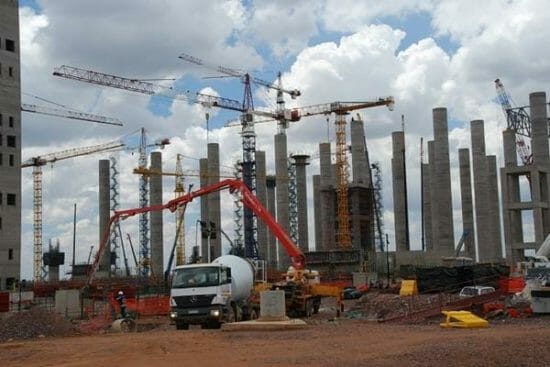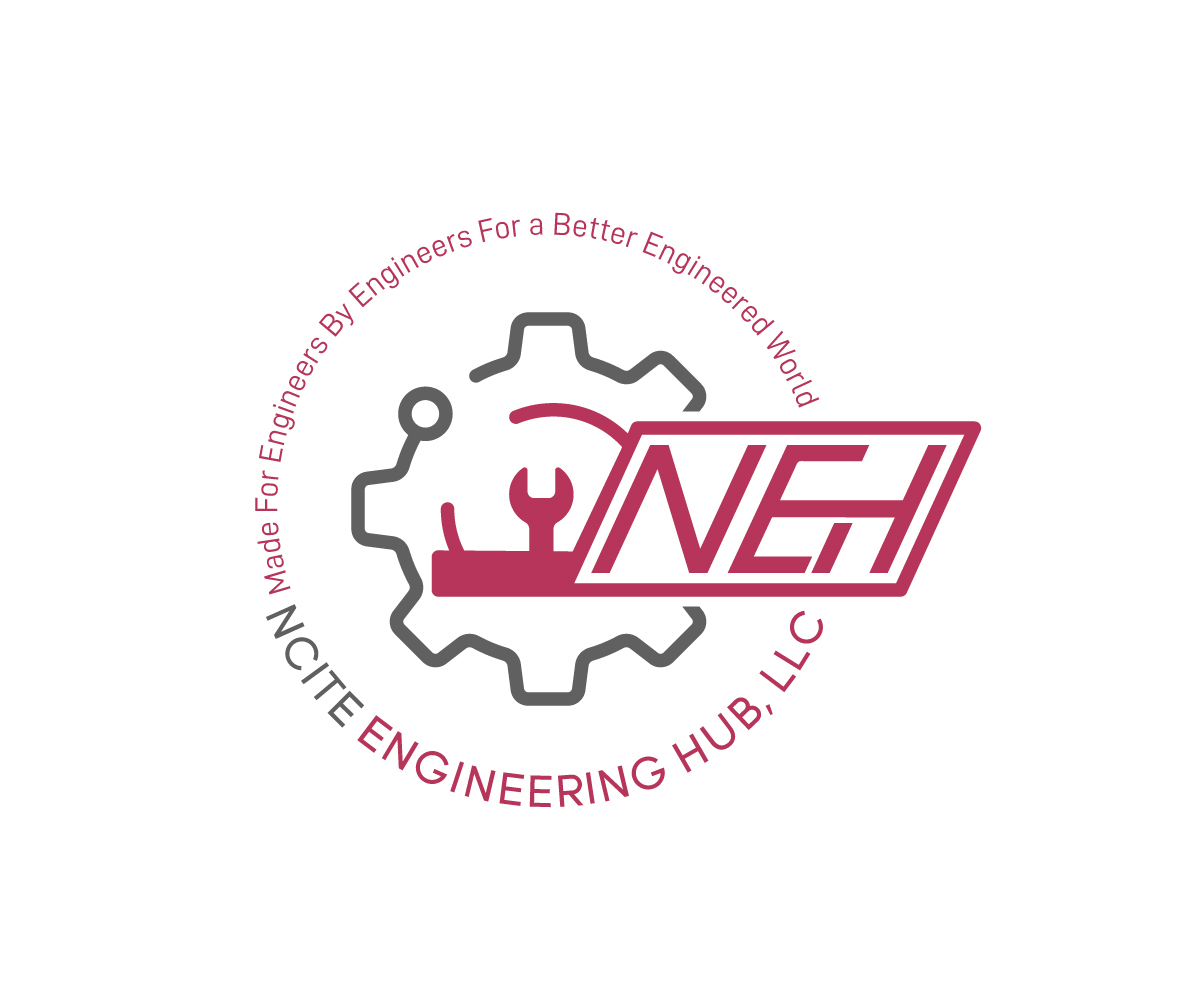-
×
 E - 1105 Flow Measurement in Pipes and Ducts
2 × $100.00
E - 1105 Flow Measurement in Pipes and Ducts
2 × $100.00 -
×
 E - 1106 Fundamentals of Heat Exchangers
2 × $50.00
E - 1106 Fundamentals of Heat Exchangers
2 × $50.00 -
×
 E - 1114 Hydraulic Jumps and Supercritical & Non-uniform Flow
2 × $75.00
E - 1114 Hydraulic Jumps and Supercritical & Non-uniform Flow
2 × $75.00 -
×
 E - 1125 Centrifugal and Positive Displacement Pump Basics
3 × $75.00
E - 1125 Centrifugal and Positive Displacement Pump Basics
3 × $75.00 -
×
 E - 1111 Disinfection with Peroxone
3 × $50.00
E - 1111 Disinfection with Peroxone
3 × $50.00 -
×
 E - 1104 Domestic Wastewater Treatment Overview
2 × $75.00
E - 1104 Domestic Wastewater Treatment Overview
2 × $75.00 -
×
 E - 1123 Concrete Methods and principles - Full 8 Hours Course
2 × $200.00
E - 1123 Concrete Methods and principles - Full 8 Hours Course
2 × $200.00 -
×
 E - 1130 Steel Design - Full 8 Hours course - Updated to AISC 14th edition
2 × $200.00
E - 1130 Steel Design - Full 8 Hours course - Updated to AISC 14th edition
2 × $200.00 -
×
 E - 1103 Hydraulic Design of Storm Sewers with Excel
1 × $100.00
E - 1103 Hydraulic Design of Storm Sewers with Excel
1 × $100.00 -
×
 E - 1109 Design of Small Water Systems
1 × $150.00
E - 1109 Design of Small Water Systems
1 × $150.00 -
×
 E - 1113 Manning Equation - Open Channel Flow using Excel
1 × $100.00
E - 1113 Manning Equation - Open Channel Flow using Excel
1 × $100.00 -
×
 E - 1108 Heat Transfer Review for Engineers
2 × $75.00
E - 1108 Heat Transfer Review for Engineers
2 × $75.00 -
×
 E - 1115 Sharp-Crested Weirs for Open Channel Flow Measurement
1 × $75.00
E - 1115 Sharp-Crested Weirs for Open Channel Flow Measurement
1 × $75.00 -
×
 E 1102 Valve Fundamentals
1 × $100.00
E 1102 Valve Fundamentals
1 × $100.00 -
×
 E - 1107 Fundamentals of Fluid Flow
1 × $150.00
E - 1107 Fundamentals of Fluid Flow
1 × $150.00 -
×
 E - 1117 Introduction to Biofuels
1 × $75.00
E - 1117 Introduction to Biofuels
1 × $75.00 -
×
 E - 1126 Steel Design – Basics - Updated to AISC 14th edition
1 × $5.00
E - 1126 Steel Design – Basics - Updated to AISC 14th edition
1 × $5.00 -
×
 E - 1101 Solar Energy Fundamentals
1 × $100.00
E - 1101 Solar Energy Fundamentals
1 × $100.00
Subtotal: $2,780.00

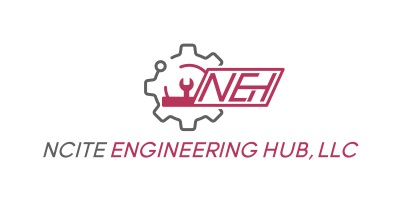
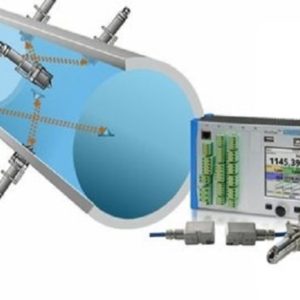 E - 1105 Flow Measurement in Pipes and Ducts
E - 1105 Flow Measurement in Pipes and Ducts 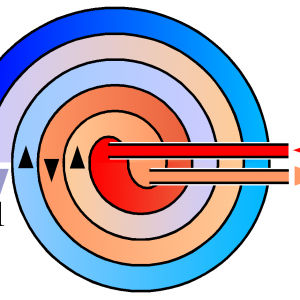 E - 1106 Fundamentals of Heat Exchangers
E - 1106 Fundamentals of Heat Exchangers 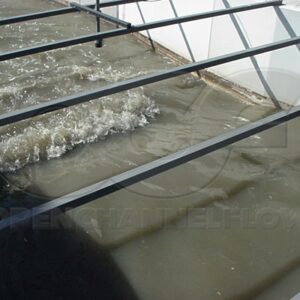 E - 1114 Hydraulic Jumps and Supercritical & Non-uniform Flow
E - 1114 Hydraulic Jumps and Supercritical & Non-uniform Flow 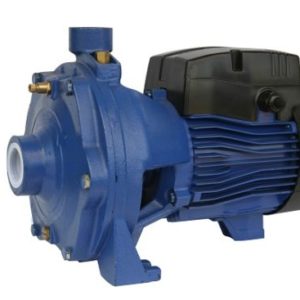 E - 1125 Centrifugal and Positive Displacement Pump Basics
E - 1125 Centrifugal and Positive Displacement Pump Basics  E - 1111 Disinfection with Peroxone
E - 1111 Disinfection with Peroxone  E - 1104 Domestic Wastewater Treatment Overview
E - 1104 Domestic Wastewater Treatment Overview 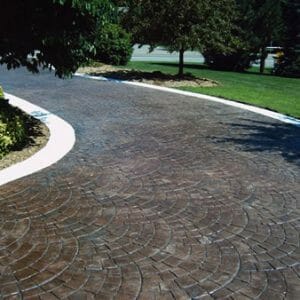 E - 1123 Concrete Methods and principles - Full 8 Hours Course
E - 1123 Concrete Methods and principles - Full 8 Hours Course 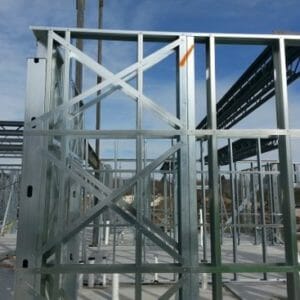 E - 1130 Steel Design - Full 8 Hours course - Updated to AISC 14th edition
E - 1130 Steel Design - Full 8 Hours course - Updated to AISC 14th edition 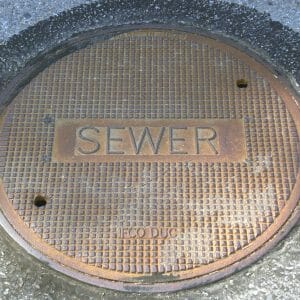 E - 1103 Hydraulic Design of Storm Sewers with Excel
E - 1103 Hydraulic Design of Storm Sewers with Excel 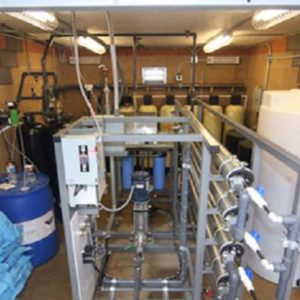 E - 1109 Design of Small Water Systems
E - 1109 Design of Small Water Systems  E - 1113 Manning Equation - Open Channel Flow using Excel
E - 1113 Manning Equation - Open Channel Flow using Excel 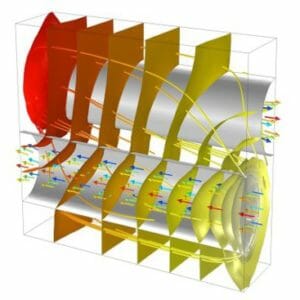 E - 1108 Heat Transfer Review for Engineers
E - 1108 Heat Transfer Review for Engineers 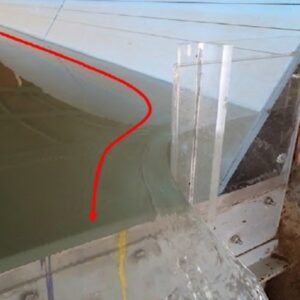 E - 1115 Sharp-Crested Weirs for Open Channel Flow Measurement
E - 1115 Sharp-Crested Weirs for Open Channel Flow Measurement  E 1102 Valve Fundamentals
E 1102 Valve Fundamentals  E - 1107 Fundamentals of Fluid Flow
E - 1107 Fundamentals of Fluid Flow  E - 1117 Introduction to Biofuels
E - 1117 Introduction to Biofuels 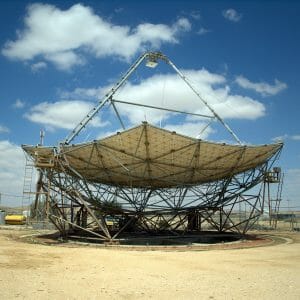 E - 1101 Solar Energy Fundamentals
E - 1101 Solar Energy Fundamentals 